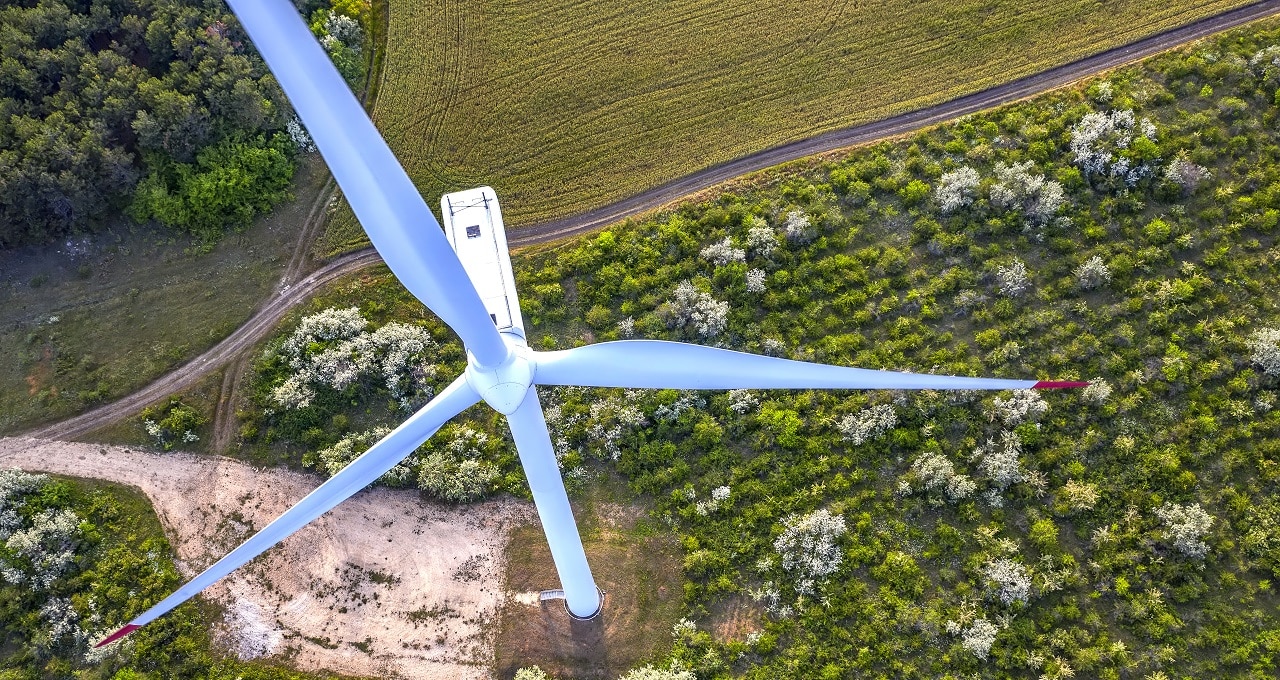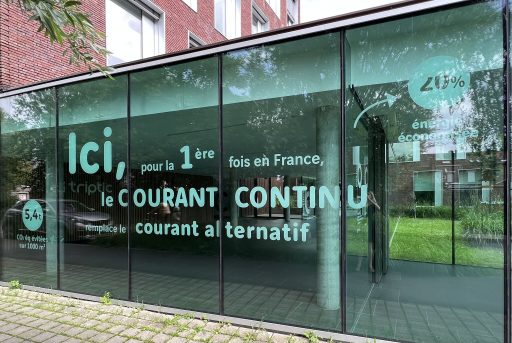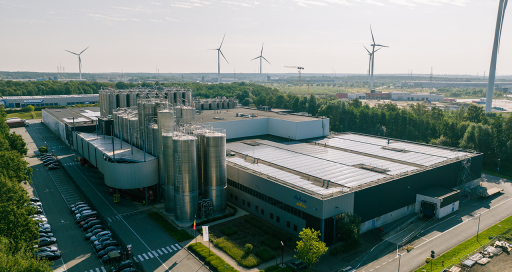The Swedish market is one of the world’s most advanced when it comes to energy transition. Its ambitious policy notably includes “prosumption”, in which each consumer also becomes a producer.

By 2030, almost a third of the energy consumed in the European Union will have to come from renewable sources, in line with the targets set in 2018. Sweden is a pioneer in this area. “In 2018, the share of renewable energies in electricity production was 54.6% in Sweden (mainly 39% hydro, 11% wind). This performance, high compared to the average for European countries, can however be compared with the situation in other Scandinavian countries such as Finland (47%), Denmark (69%) and Norway (95%) ”, emphasizes Philippe Guérin, Managing Director at Omexom (Infratek) in Sweden (VINCI Energies). “But it is the Swedish ambition that is notable with its objectives of 65% renewable energy in total final consumption by 2030 and an ambitious 100% by 2040. The country has even committed to ban the use of fossil fuels for transport by 2030”, he adds.
Sweden applies this proactive program even in the design of buildings, which it increasingly turns into “prosumers”. “The concept of ‘prosumer’ is a neologism coined in 1980 by the futurist Alvin Toffler which sees an individual or entity as both a producer and consumer of energy. Due to technological advances that make direct user involvement possible, the line between production and consumption activities is increasingly blurred “, explains Philippe Guérin.
The advantages of local production
In the field of renewable energies, prosumers are households or organizations which have the capacity to produce surplus energy (photovoltaic panels, wind turbines, biomass, etc.) allowing to supply a national or local distribution network and, at other times, consume the energy from this network for their own needs.
“Heating in Sweden is also a key element in the country’s energy system. In recent decades, as taxes on fuel oil have increased, power companies across the country have turned to renewables, such as biomass, to power local district heating plants. Today, there are around 500 district heating systems across the country, from large cities to small villages, which provide heat to homes and businesses, ”notes Philippe Guérin. “The big advantage is that since it is a local production, there is less transportation impact and less load on the network, particularly important in Stockholm area”.
A double challenge
Sweden has in fact taken advantage of the new opportunities offered by technological advances with solar panel new generations and wind farm systems, more local energy production, increasing potential for energy storage, less energy loss, inverters capable of managing irregular production flows and of course the development of smart grids. “The generalization of prosumers with hundreds of thousands of potential energy sources poses a real challenge in terms of integration and energy storage”, notes Philippe Guérin for whom smart grids are part of a larger whole, which includes also smart cities (optimised public lighting, clean mobility, etc.).
“The line between production and consumption is becoming increasingly blurred”
Sweden is also ahead in this area. This is evidenced by the case of Hyllie, a district of Malmö conceived in 2010 as a “smart city of the future” and developed in collaboration with the water and waste management supplier of the district of Hyllie and the energy supplier E.ON . “Today, the district draws all its energy from biogas, biomass, solar energy, waste and wind produced locally. The entire system works thanks to an intelligent network that adapts in real time to weather conditions, in relation to sunshine and wind, “explains Philippe Guérin.
Omexom: an innovator in energy transition
In the field, in Sweden and wherever Omexom is present, the VINCI Energies brand specializing in electrical energy infrastructures is making a contribution to the building of the energy transition. This is particularly the case in a market such as Sweden where prosumers, direct clients of Omexom customers, the Distribution Network Operators, are increasingly numerous and diverse. “We are therefore developing a wide range of expertise, whether for connecting renewable energy production to the grid, electric mobility, energy efficiency etc.”, suggests Philippe Guérin.
In 2020, Omexom connected Sweden’s largest solar park and several wind farms to the grid. In the south of the country, the brand carries out projects where traditional public lighting continues to be replaced by LED technology. “In Stockholm and in the south, we are also developing our “electric vehicle charging” activities. In addition, we are preparing to offer solutions around energy storage and Power to X solutions for our customers “, underlines Philippe Guérin.
The brand can count on its capacity for innovation notably through its new innovation center in Stockholm, The Hive. “As part of our global network, we are also increasingly taking advantage of many innovative solutions from around the world. This allows us to be an agent of change in this market”.
08/07/2021





